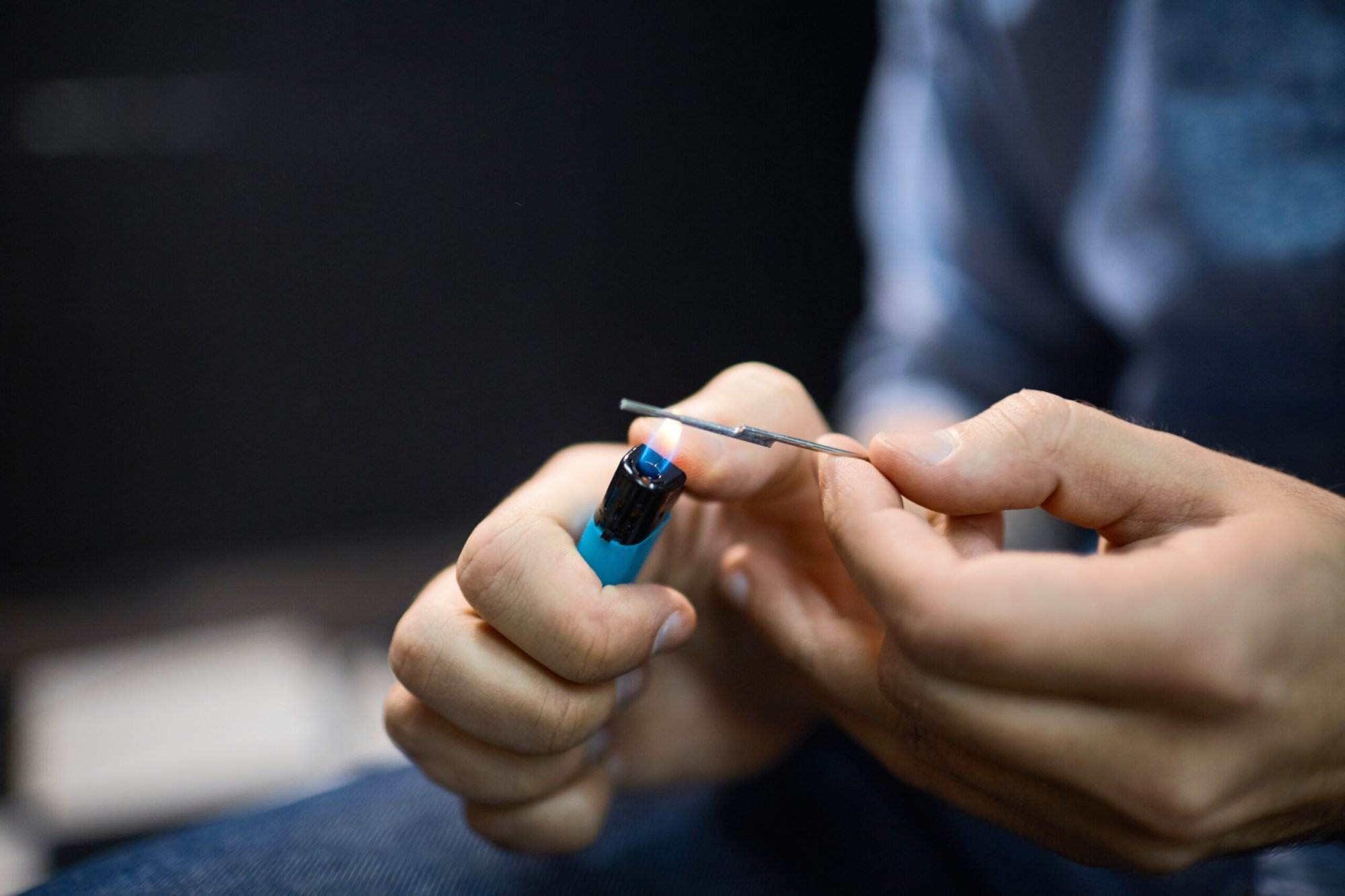Disinfecting and deep cleaning commercial spaces has become increasingly important due to the rise of viruses, bacteria, and other contaminants that can cause illnesses. In this article, we will discuss why disinfection is crucial for your workplace and how you can implement a successful sanitization program.

Introduction to Disinfection & Deep Commercial Cleaning
Disinfection refers to the process of killing or removing pathogens from surfaces using chemicals or UV light. It’s different from regular cleaning because it involves the use of specialized products and techniques to eliminate microorganisms that are not visible to the naked eye. Deep cleaning, on the other hand, entails thorough cleaning of hard-to-reach areas such as vents, air ducts, and ceilings. This type of cleaning requires special equipment and expertise to ensure that all dirt and debris are removed effectively.
Common Areas of Concern in the Workplace
In any office space, there are several areas where germs tend to thrive. These include restrooms, kitchenettes, conference rooms, and common areas like hallways and elevators. The presence of these germs can lead to sick leave, reduced productivity, and even legal liabilities if someone gets injured or falls ill due to unsafe working conditions. Therefore, it’s essential to pay attention to these areas when implementing a disinfecting program.
The Importance of Regular Sanitization
Regular sanitization helps prevent the spread of diseases by eliminating harmful pathogens from surfaces. By doing so, you create a safer environment for employees, clients, and visitors alike. Additionally, a well-maintained workspace can improve employee morale and boost productivity levels. A study conducted by the University of Arizona found that workers who were exposed to a clean and healthy environment reported higher job satisfaction rates than those who worked in unclean environments.
How to Implement a Successful Disinfecting Program

Implementing a successful disinfecting program starts with identifying high-risk areas within your workplace. You should then develop a schedule for cleaning and sanitizing these areas regularly. It’s also essential to provide training to your staff on proper hygiene practices such as washing hands frequently and covering their mouths while coughing. Ensure that you have the right tools and supplies for the task including disinfectant sprays, wipes, and mops. Finally, consider hiring professional cleaners to handle deep cleaning tasks periodically.
Conclusion and Final Thoughts
In conclusion, disinfection and deep commercial cleaning play an integral role in maintaining a safe and healthy work environment. By implementing a successful sanitization program, you protect your employees, customers, and business reputation. Remember to identify high-risk areas, establish a cleaning schedule, train your staff, and invest in the necessary tools and supplies. With these measures in place, you can create a cleaner, safer, and more productive workplace.

